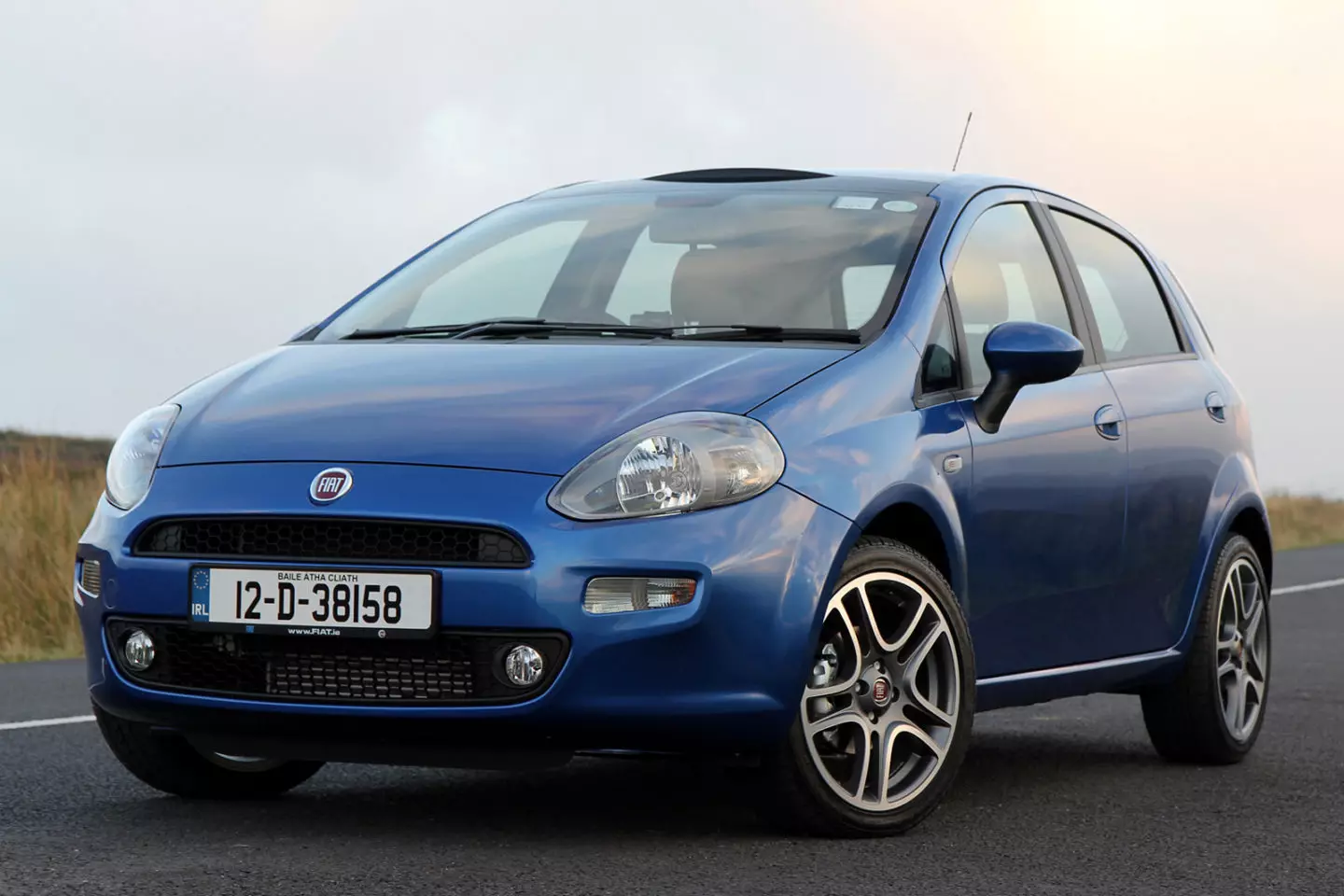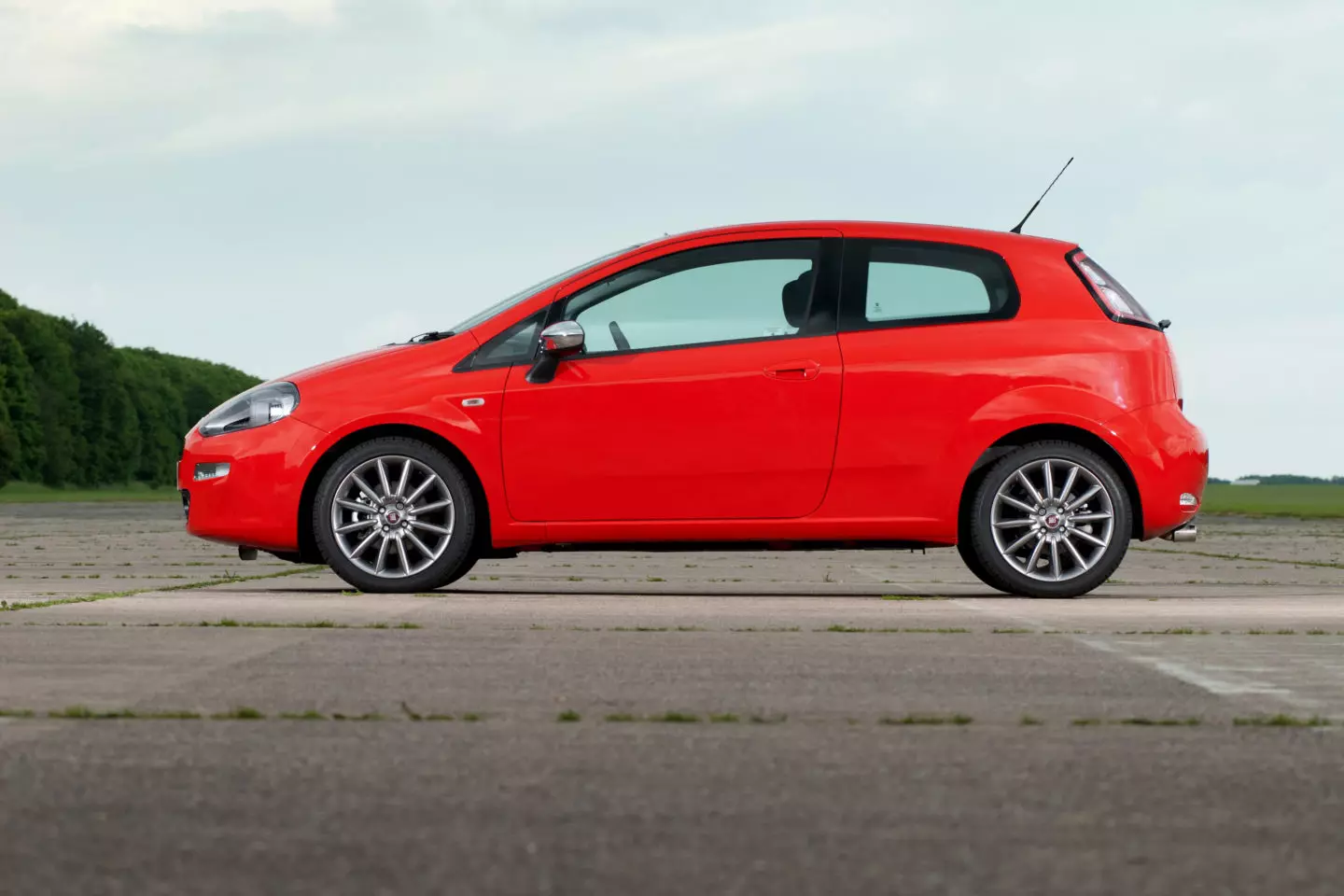After 25 years in production and three generations — with the last one in production for 13 years — and many commercial successes witnessed, the Fiat Punto sees its production finished. Despite the name and long career, it turns out to be a somewhat inglorious end.
The last generation, launched in 2005, should have been replaced many years ago — in the same period of time, 13 years, we saw the competition launch two generations of rivals. At Punto, we saw several name changes — Grande Punto, Punto Evo, and finally, simply, Punto —, a new interior, and mechanical and other aesthetic (if slight) updates.
But the gap with the competition was undeniable, and the proof came when Euro NCAP tested veteran Punto last year, still on the market, and became the only model to date to receive zero stars . A predictable result, given the longevity of the model without significant changes and the progressive tightening of tests carried out by Euro NCAP, especially those related to active safety.
Why didn't you have, and don't have, a substitute?
The global financial crisis (which broke out in 2008) and the low profitability of the segment in Europe (high volumes, but low margins), impelled Sergio Marchionne, the failed CEO of FCA, first, to postpone the successor to the post-crisis period, to , finally, decide not to replace it at all, for the reasons of profitability mentioned.
A controversial and historic decision, removing Fiat from a market segment that represented, for most of its existence, the essence of the brand, its main source of revenue and also its greatest successes.

Last June, at the presentation of the FCA group's plan to investors, Marchionne had already mentioned that production in Italy would be dedicated to value-added models — especially new models for Jeep, Alfa Romeo and Maserati — meaning bad news for Punto and for Panda, produced “at home”.
But if Panda has an assured successor, its production is expected to return to Tichy, Poland; Punto, on the other hand, has no plans for a direct successor. With the launch of the Fiat Argo in Brazil in 2017 — successor to the Punto and Palio sold there — it was speculated that it could be adapted and produced in Europe as a successor to the Punto, with Serbia as the production site, where the 500L is currently produced. . But that didn't happen — and as far as we know, so far, it won't even happen...
And now?
The reality is that Fiat no longer has a “conventional” representative in the B segment; the presence of the Italian brand in the segment is made with the MPV 500L and the SUV 500X. Mike Manley, the recently appointed CEO of the FCA group, is the only one who can reverse Marchionne's decision not to bet on a conventional utility vehicle for the European continent. If he will, we will have to wait for future interventions from him.
If the plan presented last June remains unchanged, we will see new generations of the Fiat Panda and Fiat 500 by the end of the decade. It is confirmed that the Fiat 500 will have a new derivation, the 500 Giardiniera — the model van, in allusion to the original Giardiniera, from the 60s. example we saw in the Mini, with Clubman being much larger and belonging to a segment above the three-door Mini.

